Barley porridge is a healthy product rich in various minerals and vitamins. They are especially valuable for the female body, as they not only positively affect the work of internal organs, but also help maintain health and external beauty. During breastfeeding, doctors do not recommend the use of certain cereals because of their substances that can cause allergic reactions in newborns. The question arises, is it possible to eat barley porridge with breastfeeding? Read more about this in the article.
What it is

Pearl barley and barley groats are considered subspecies of barley, that is, both are made by crushing barley (pearl barley - large crushing, barley - small). The latter, unlike pearl barley, is produced without polishing and polishing, therefore, it contains more fiber, which makes it more useful for the body. This type of cereal is not divided into varieties. After crushing, depending on the size of the grain, it is assigned numbers: 1, 2, 3.
For nursing
Is it possible to nursing barley porridge? This question worries many girls. You should know that barley porridge not only enriches the body with minerals and vitamins, but also allows you to maintain a feeling of satiety for a long time. It rarely causes allergic reactions. It is these properties that allow women to use it and at the same time not harm the formation of the fetus.
The beneficial substances contained in barley porridge are necessary for proper development and growth. Specialists managed to find out that the use of this product significantly improves the protective functions of the body, and also instantly improves mood. In addition, porridge is considered low-calorie, so you can eat it without fear of gaining excess weight.

Barley porridge: health benefits and harms
For the manufacture of barley groats, unpolished grains are taken. This helps to preserve more useful elements. It contains about 6% fiber, which gently cleanses the intestines and stomach. Continuous use improves the functioning of the digestive system. When breastfeeding, barley porridge normalizes the intestines, which is good for stool. In this case, the stomach begins to work stably.
Barley contains natural protein, vitamins A, B, E, PP, B and many minerals. They are necessary for the newborn for the correct formation of all body systems. Barley porridge during breastfeeding gives a woman a boost of vigor, thanks to which she gains strength and maintains a good mood.
Experts recommend eating the product immediately after the birth of the baby. Krupa helps to recover faster and provide the baby with everything necessary for rapid growth. In addition, porridge helps to remove toxins and toxins from the body and does not cause allergic reactions.
But there are cases in which it is not recommended to abuse barley porridge with HB:
- Individual intolerance to barley.
- Violations of the digestive tract, heart and blood vessels.
- Prone to fullness (in this case, barley porridge goes no more than three times a week).
- Gluten intolerance.
Beneficial features
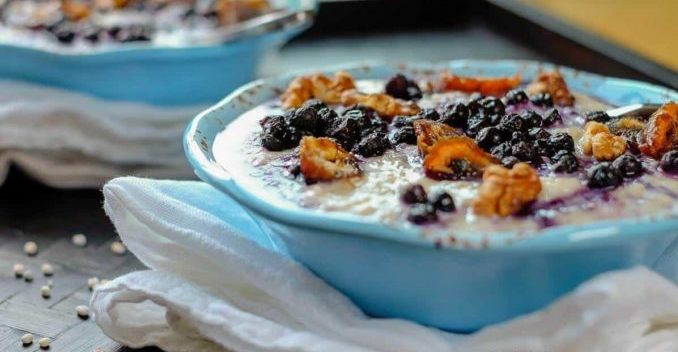
Barley porridge is also useful for a nursing mother. Experts highlight the following positive effects:
- Cleansing the body, removing toxins and toxins.
- Prevention of obesity and diabetes.
- Minimal risk of allergic reactions.
- Weight loss without harm to health.
- Normalization of the endocrine system.
- Strengthening the immune system.
- Prevention of constipation, bowel cleansing.
- Normalization of metabolic processes.
- With the constant use of porridge, the body fights better with colds and inflammations.
Stress management
After the birth of a baby, a woman often experiences a breakdown, as she has many new responsibilities. Barley porridge during breastfeeding helps to overcome insomnia and cope with stress. It has a sufficient number of useful components that will improve sleep and restore energy. All this is necessary to combat postpartum depression.
The product has a small calorie content (70 Kcal per 100 grams). But it also depends on how the grits are cooked. How to cook barley porridge? In the event that it will be prepared in milk, the caloric value increases to 115 units. This is enough to get enough. That is why the dish is often included in the diet menu. Porridge is affordable and satisfying. In addition, it is even given as food for children up to a year.
Features of the use of cells in hepatitis B
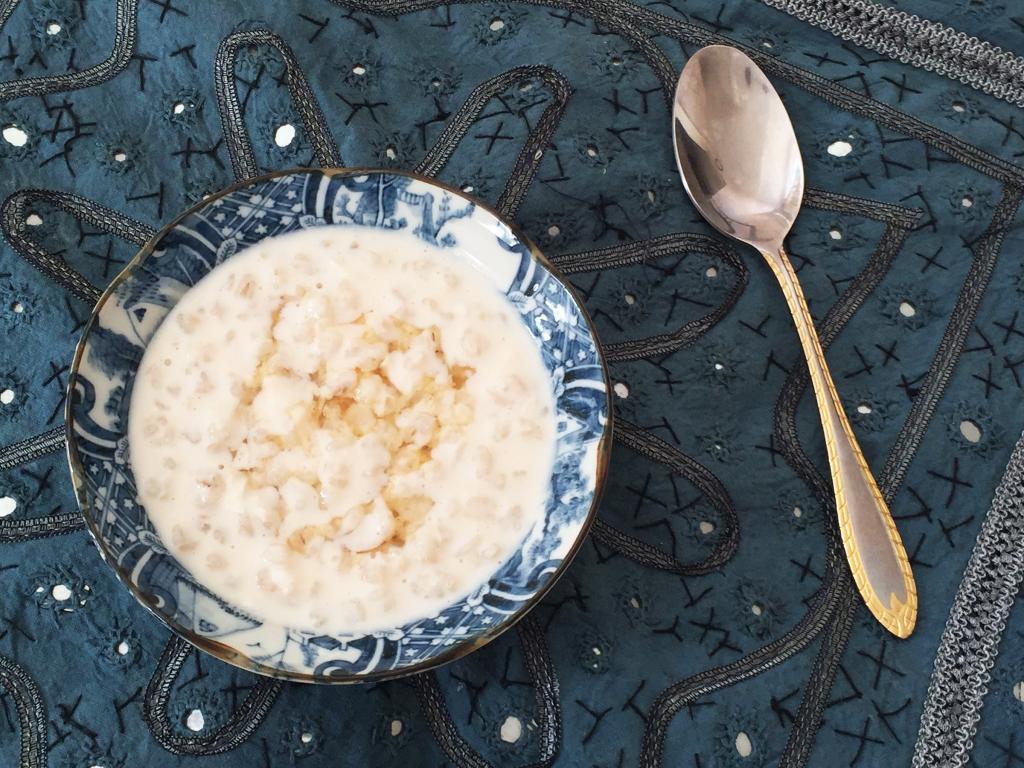
- Initially, porridge is added to the diet in an amount not exceeding 40 grams. Next, the nursing mother should follow the reaction of the newborn. If there is no irritation and red rashes, then the cell is allowed to be used in the diet. The maximum serving is about 150 grams. The best option is to use porridge no more than three times a week.
- This cereal very rarely leads to allergic reactions. But in infants, she can be present at any meal. In this case, they begin to suffer from severe pain in the abdomen and stool disorders. The child becomes moody due to excessive gas formation and colic. During cooking, it should be borne in mind that allergies can be caused by various food additives: milk, butter and sugar. To minimize negative reactions, it is recommended to exclude the annoying product from the menu. Additionally, consult a pediatrician.
- Initially, barley porridge during breastfeeding should be boiled in water. Milk is introduced only when the child is three months old. This is also done in stages.
- After some time, you can add vegetables, fruits and other additives to the finished product. It is recommended to minimize the use of sugar, oil and salt.
- It is allowed to cook only cereals that are not expired. Before cooking, rinse the cell.
How to cook barley porridge
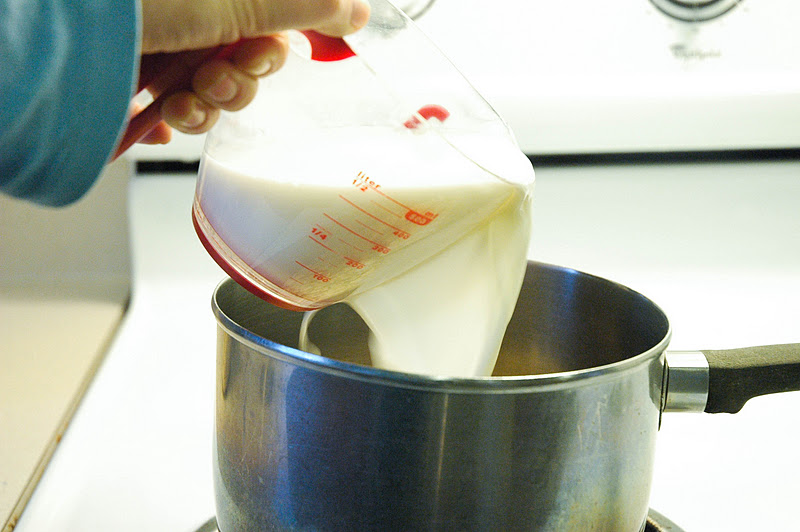
After thorough washing of the grain, experts recommend lightly frying them in a pan. This will significantly improve the taste of the dish. Next, the proportions of water and porridge are selected. This largely depends on the individual preferences of the woman.
In order to get a not too viscous consistency, you should dilute the cell in a proportion of one to four. To obtain a viscous dish, the amount of water is halved. Additionally, salt must be added to the boiling liquid to taste. In the absence of allergic reactions, dried apricots and raisins are allowed. All dried fruits are added only after the dish is fully cooked. Porridge is cooked from 15 to 25 minutes. Cooking time depends on the desired consistency.
First lure
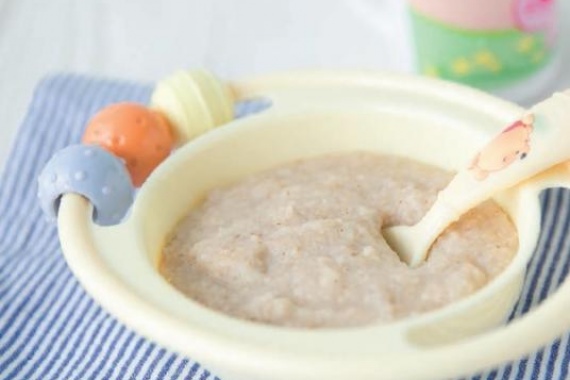
Barley porridge during breastfeeding (1 month and earlier) is very popular. In addition, many women use the dish as a first meal.
To prepare cereals in milk, cereals are initially placed in water for 12 hours. At the end of time, the liquid is drained, a new one is added and brought to a boil. In this case, the product will be ready after five minutes. Additionally, salt or other ingredients are added to the porridge. Milk is poured only after the cell has boiled for five minutes.
This cereal is not only suitable for cooking in the form of porridge. Often it is used as an additional component of kulesh or soup. These dishes must be present on the menu of a nursing woman. The recipe is very simple. To do this, cook cereals with carrots, potatoes and lean meat. Best for this is chicken or beef. And you can cook a delicious soup with a bag and meat, seasoning it with green peas.
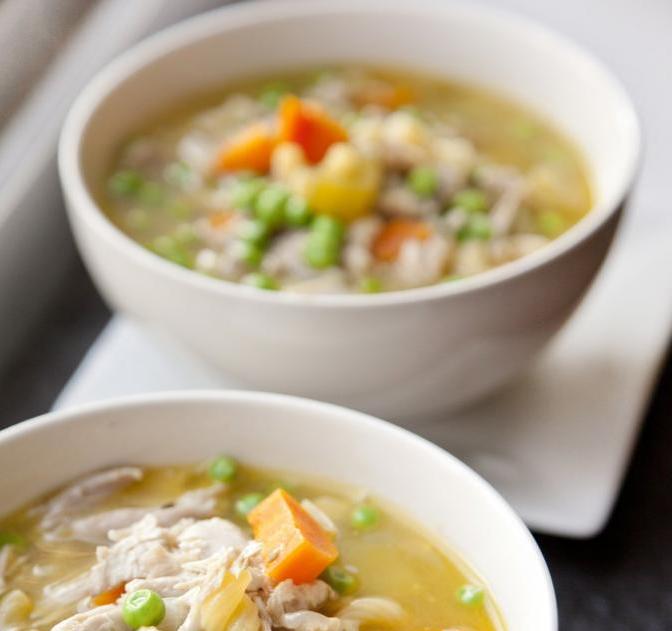
Conclusion
Barley porridge during breastfeeding is a useful find for a woman. Indeed, during this period it is forbidden to consume many products, and this dish can be eaten immediately after the birth of the baby. It is believed that the cell does not cause allergic reactions, in addition, it is very useful due to the content of a large number of useful elements in it.